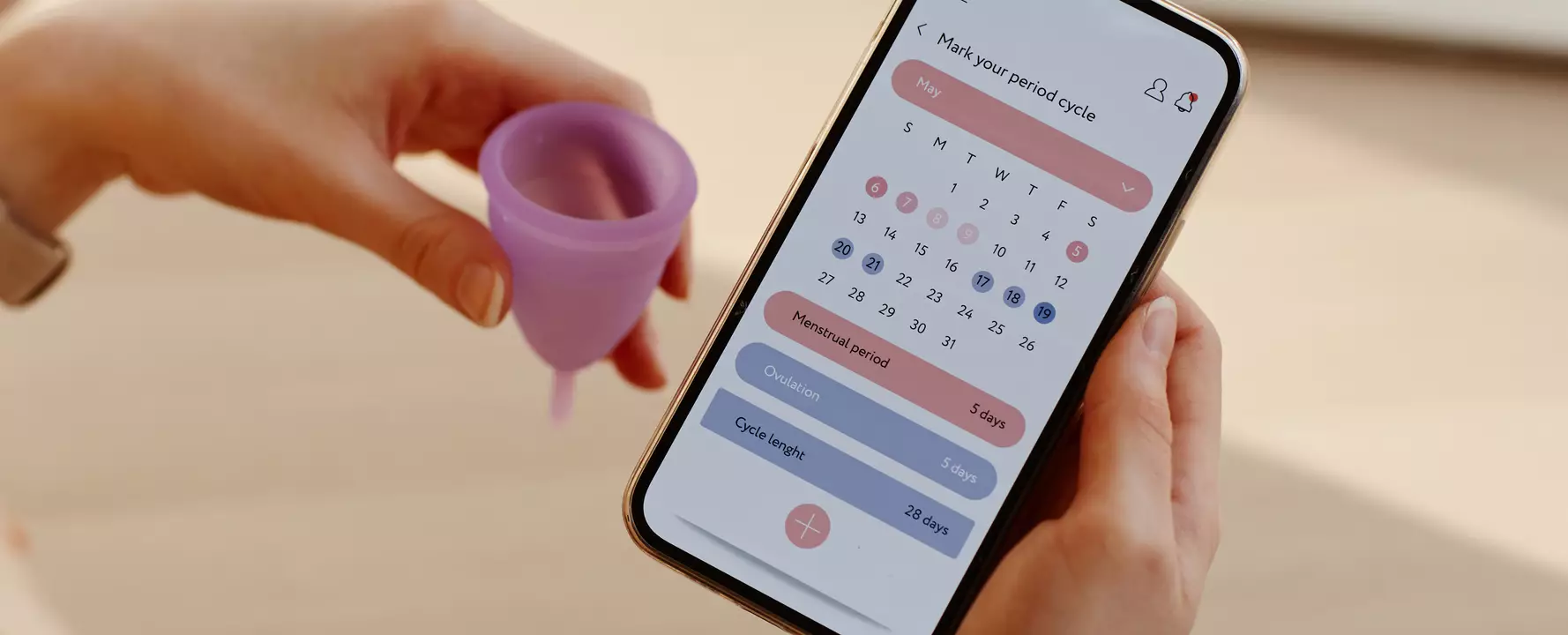The association between the human menstrual cycle and the phases of the Moon has been a longstanding cultural belief. However, a recent study conducted by a research team from France and the US challenges this notion. According to their findings, menstrual cycle rhythms are more likely governed by the body’s internal clock rather than external factors like the Moon. This discovery sheds light on the complex mechanisms that regulate the menstrual cycle.
One of the key findings of the study was the presence of ‘phase jumps’ in menstrual cycles. These phase jumps indicate that menstrual phases can ‘jump’ ahead to align with the body’s internal clock. Neuroscientist Claude Gronfier explains that if the menstrual cycle lengthens for any reason, the internal clock adapts to quickly shorten it. This suggests a sophisticated mechanism at play that maintains the stability of the menstrual cycle within individuals.
While the study dismisses the idea of the Moon as the primary regulator of menstrual cycles, it does acknowledge a weak but significant association between menstrual and lunar cycles. The researchers observed that the timing of menstrual cycles varied across different geographical regions, with the cycle starting at different lunar phases in Europe and North America. This discrepancy could be attributed to lifestyle differences between individuals from these continents.
Implications for Fertility Treatments
The research team believes that their findings could have implications for fertility treatments in the future. By understanding how genes regulate the menstrual cycle and its connection to the body’s internal clock, new approaches to treating ovulation disorders could be developed. A specific gene variant linked to a hormone affecting cycle length has already been identified in a previous study, but further research is needed to unravel the full extent of these mechanisms.
Looking ahead, the researchers emphasize the importance of further studies to confirm the existence of an internal clock that controls the menstrual cycle. This could open up new avenues in the field of circadian medicine and revolutionize the treatment of reproductive health issues. As more research is conducted with larger groups, a deeper understanding of the intricate relationship between the body’s internal clock, genes, and menstrual cycles will be obtained.
The study offers a fresh perspective on the connection between menstrual cycles and the Moon. While the Moon may not be the primary regulator of menstrual rhythms, its influence cannot be completely discounted. The intricate interplay between the body’s internal clock, genetic factors, and external influences like the Moon highlights the complexity of female reproductive biology. As researchers continue to delve into this fascinating area of study, new breakthroughs in fertility treatments and reproductive health are on the horizon.


Leave a Reply